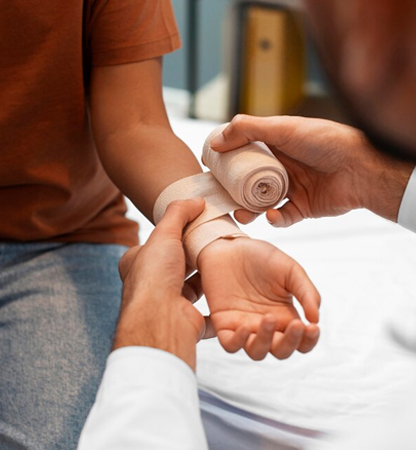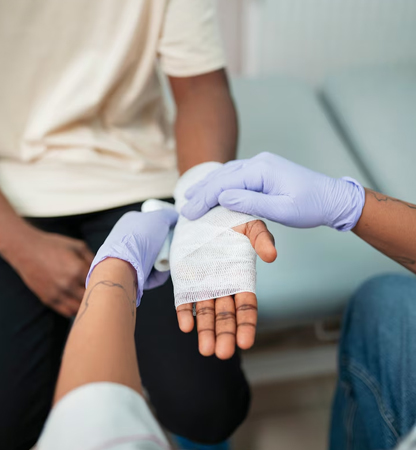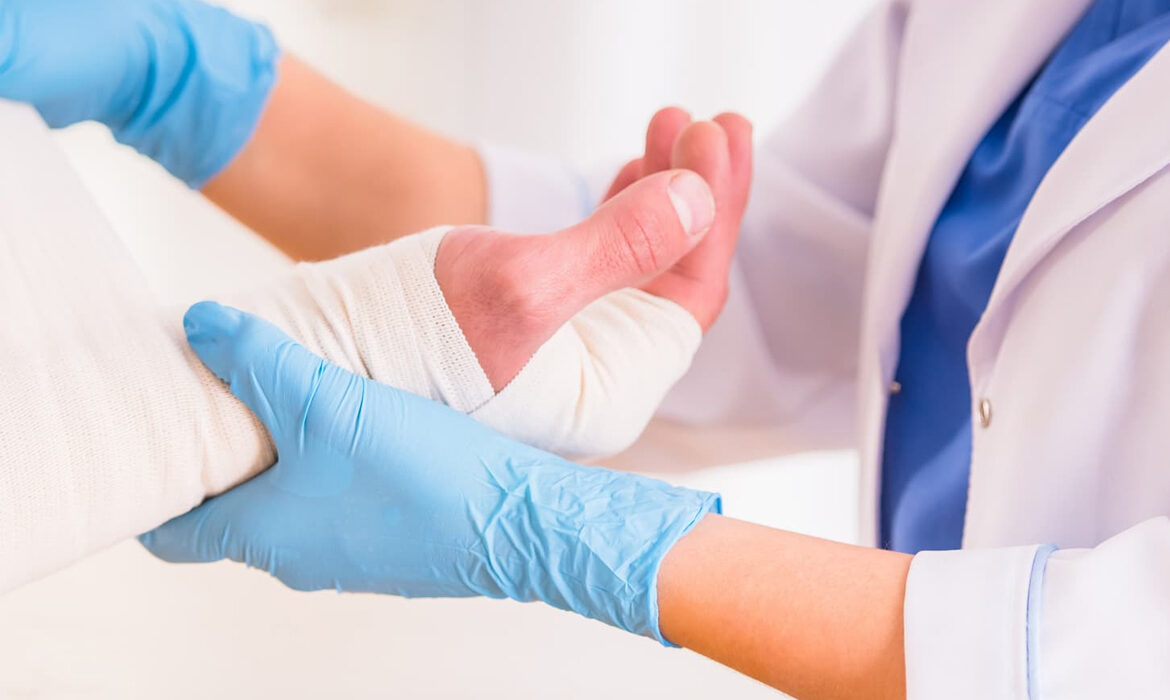Wound Care
Wound care providers face unique medical billing challenges due to the complexity of treatments, frequent use of advanced procedures, and payer-specific documentation requirements. Proper revenue cycle management (RCM) ensures timely payments, minimizes denials, and optimizes reimbursements. Here’s how to streamline your wound care billing process.
Common Challenges in Wound Care Billing
1.Complex Documentation Requirements
- Payers require detailed records to support medical necessity.
- Missing or incomplete wound measurements, treatment plans, and progress notes can lead to denials.
2.Incorrect Coding & Modifier Usage
- Wound care involves multiple CPT codes for debridement, skin substitutes, and negative pressure wound therapy (NPWT).
- Incorrect use of modifiers can cause claim rejections.
3.Medical Necessity & Insurance Limitations
- Payers often require proof that treatments are not for routine wound care but for medically necessary interventions.
- Some services require prior authorization or have coverage limitations.
4.Frequent Claim Denials
- Insufficient documentation, incorrect diagnosis codes, and missing medical necessity statements are common causes of denials.
Best Practices for Successful Wound Care Billing
1. Ensure Accurate Documentation
- Include detailed wound measurements, tissue type, and response to treatment in every patient encounter.
- Clearly document medical necessity for every wound care procedure.
- Maintain up-to-date patient records with photographs if required by payers.
Use the Right CPT Codes & Modifiers
- 97597 – Debridement of wound, first 20 cm².
- 97598 – Each additional 20 cm².
- 11042-11047 – Debridement of subcutaneous tissue, muscle, fascia, or bone.
- 97605 – Negative pressure wound therapy (NPWT), up to 50 cm².
- 97606 – NPWT, more than 50 cm².
- Modifier 25 – If an E/M service is provided on the same day.
- Modifier 59 – If multiple distinct procedures are performed
3. Verify Insurance & Prior Authorization
- Check if advanced wound care treatments, such as skin grafting and NPWT, require prior authorization.
- Confirm the number of covered visits and patient-specific limitations before providing services.
4. Optimize Claim Submission & Follow-Ups
- Submit claims with complete and accurate details to avoid delays.
- Regularly audit denials and resubmit corrected claims promptly.
- Track payer-specific rules to ensure compliance and reduce rejections.
5. Stay Updated with Insurance Policies & Compliance
- Medicare, Medicaid, and private payers frequently update wound care coverage guidelines.
- Adhere to HIPAA regulations and maintain strict compliance in documentation and coding.



How Malakos Healthcare Solutions Can Help
At Malakos Healthcare Solutions, we specialize in wound care medical billing, ensuring accurate claim submissions, faster reimbursements, and reduced denials. Our team of billing experts handles coding, insurance verification, and revenue cycle management, so you can focus on patient care.


